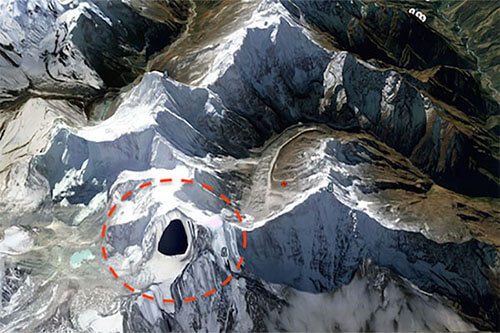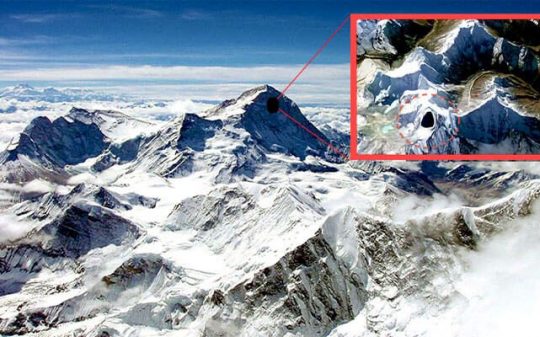Earth’s surface remains mostly unexplored, thus leaving room for plenty of hidden places, without taking into account the vast mass of water on our planet, which is around 71 percent of its total surface.
The remaining dry land still holds many unmapped territories and unexplored areas that are only now being revealed with the help of the latest laser scanning technology (LIDAR). Scientists even consider the 21st century to be the “new age of exploration”, as they are confident that the newly developed equipment will lead to legendary discoveries.
National Geographic explains in an article how little we have discovered so far.
When the National Geographic Society awarded its first archaeology grant to Hiram Bingham in 1912, the archaeologists headed off to Machu Picchu with one of the most advanced pieces of technology at that time: a Kodak panoramic camera.
More than a hundred years later, archaeologists have a staggering array of technological tools to employ, from remote-sensing equipment that allows us to see beyond the visual bandwidth to computers so powerful that they can process in a second what it would take humans thousands of years to do.
It might sound promising, but on the other hand, this technology is exclusive, meaning that only a small hand of people affords to make use of it, and while there is no doubt that great archaeological finds will follow in the upcoming years, we cannot help to think at all the other “less mainsteam” discoveries that may bear more relevance when it comes to understanding the alternative history of humanity.
To better understand the topic, we’ll reveal a recent example of a mysterious discovery that raiseslots of question marks. On January 28, 2016, MexicoGeek of YouTube stumbled upon an intriguing area in the Himalayan mountain range. With the help of Google Earth, he found what appears to be a secret cave entrance on a remote and rigid slope. The discovery is extremely curious because it’s clearly inaccessible to humans. So what could this actually be?

According to some researchers, the black dot masking the ridge might be a secret entrance for UFOs leading inside the Inner Earth or the sacred land of Agartha. They speculate that aliens built a holographic wall in order to mask the entrance, and when seen via satellite, the hologram is revealed under the shape of this huge black dot.
Other more realistic hypothesis point towards a deliberate cover up of a secret military facility. However, considering the highly inaccessible cliff where the base is presumably built, along with the harsh conditions encountered in the Himalayas, the military base is likely to hide something truly top-secret, thus paving the way towards more extraterrestrial speculation.
So could this be regarded as a top-secret alien facility? After all, it stands in one of the most remote and sacred places in the world – The Himalayas, a mountainous range stretching more than 1,500 miles (2,400 kilometers) in a long, freezing arc. They are boarded on the north by the Tibetan Plateu, on the south by the Indo-Gangetic Plain, and on the northwest by the Hindu Kush ranges, making them probably the most mysterious mountains on Earth.
Although no clear answers will ever come out of there, we find this discovery sufficient to draw our own conclusions from it. The coordinates are open-source and can be accessed by anyone who is interested – Kang Tanga Mountain, Nepal / 27°47’43.40″N 86°49’6.40″E.
[youtube id=”6Da6HQQp2sk” align=”center” mode=”normal” autoplay=”no” thumbnail=”secret himalaya base” grow=”no”]











You people might have brain damage have you ever been checked?